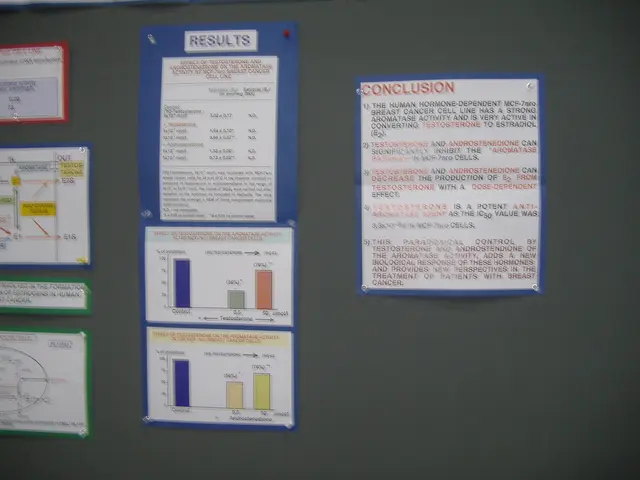Economic divergence: Trump's economic uncertainty contrasts with the EU's growth potential
In a recent webinar hosted on CIB's website, a panel of experts discussed the potential market repercussions of the new policy regime emerging from Washington. The participants included Bastien Aillet, Economist Germany & Eurozone, Benoît Gerard, Rates strategist, Nordine Naam, Forex strategist, and Cyril Regnat, Head of Research Solutions in the EU.
The webinar focused on the significant changes in the global economic landscape, particularly in the US and the EU. With the new US administration signaling a strong regime change by shifting priorities away from investors and towards domestic manufacturing ambitions, the US dollar has been experiencing weakness. This weakness is likely to persist as speculative accounts reduce their long positions in favor of the Euro.
The US dollar's decline is also due to investor uncertainty caused by Trump's trade policy. This uncertainty led to outflows from US assets, with fixed-income markets and the US dollar bearing the brunt of the exodus. The 10-year US Treasury yields increased to 4.5%, indicating a crisis of investor confidence and the possibility of significant selloffs.
In contrast, the EU is managing to weather trade policy uncertainties. Despite the EU being subject to several tariffs, including 25% on steel and aluminium since March 12, 25% on cars and light trucks since April 3, 10% universal tariff since April 5, and 25% on car parts since May 3, the EU's GDP grew from 0.2% in Q4 last year to 0.4% in the first quarter of this year.
The EU is set to shore up investment as investor confidence in US Treasuries weakens. With the real effective exchange rate (REER) showing that the US dollar has been overvalued by more than 20% since 2021, the EU's more favorable interest rates make it well-positioned to capitalize on outflows from US assets.
Optimistic forecasts suggest that Germany's recent fiscal package will boost economic activity in Q4 of 2025 and continue into 2026. The ECB is expected to reach a terminal rate below the neutral level, with three 25bps cuts expected over the next three ECB meetings.
The panel also discussed FX hedging as another source of pressure on the US dollar, as most foreign positions are not hedged against currency risk. A recent survey released by the European Commission indicated that demand is the main factor limiting business growth in the EU, particularly in the industrial sector.
The webinar concluded with a discussion on the potential long-term effects of these changes on the global economy. With Germany's new government aiming to secure long-term growth and boost potential growth to more than 1%, the EU is positioning itself as a beacon of stability and growth in an increasingly volatile global economic landscape.
Read also:
- Peptide YY (PYY): Exploring its Role in Appetite Suppression, Intestinal Health, and Cognitive Links
- Toddler Health: Rotavirus Signs, Origins, and Potential Complications
- Digestive issues and heart discomfort: Root causes and associated health conditions
- House Infernos: Deadly Hazards Surpassing the Flames








